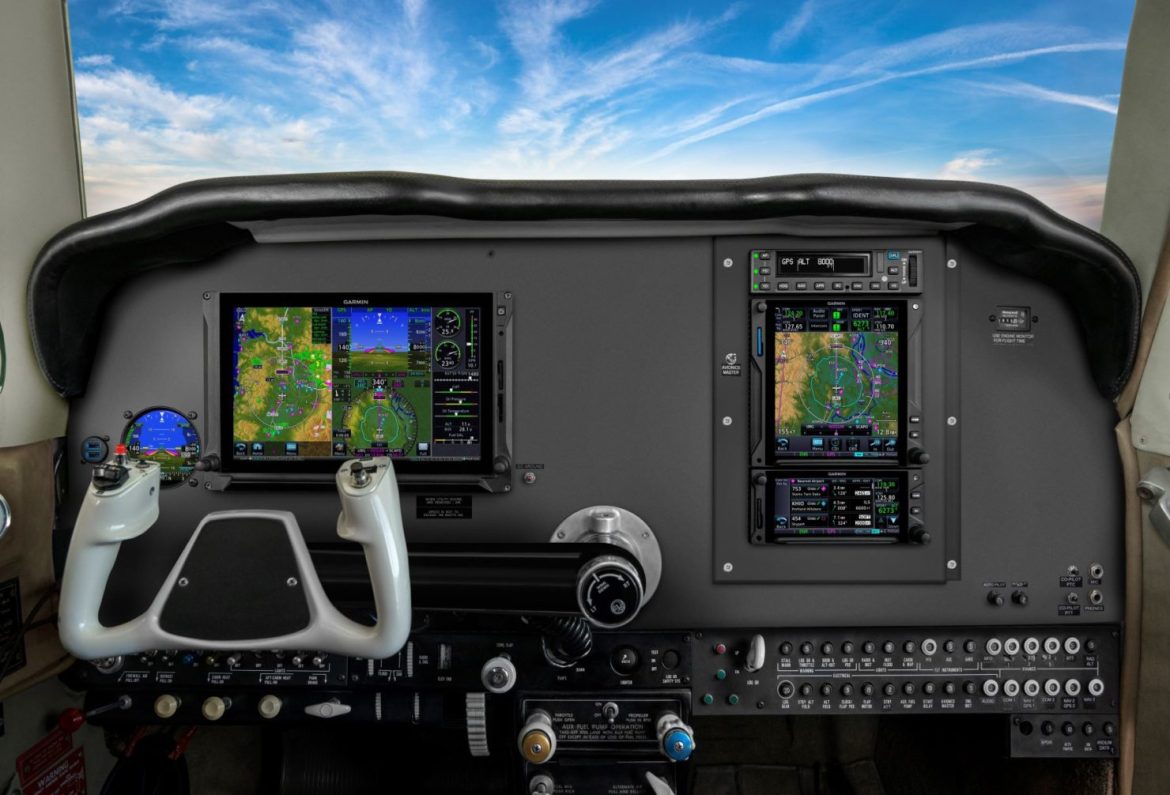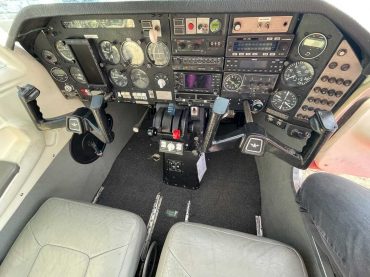A Practical, Pilot-Focused Comparison
A clear, technically grounded look at capabilities, integration, install complexity, and ownership considerations for two leading glass avionics suites in piston aircraft.
Summary in One Minute
Dynon SkyView HDX excels at modular, phased upgrades with ergonomic touch + knob control and robust engine monitoring. Garmin G3X Touch shines in deep ecosystem integration (radios, navigators, autopilots) and premium polish. The “best” choice depends on your aircraft, IFR needs, and whether you plan a staged refresh or a comprehensive panel build.
Displays, Ergonomics, and Usability
- Touch + Tactile: Both offer touch control; HDX also emphasizes physical knobs/joysticks and a sculpted hand-anchor.
- Readability: Both lines use bright, anti-glare displays suitable for sunlit cockpits; size options vary by model and cutout space.
- Workflow: Garmin’s UI aligns closely with GTN navigators; Dynon’s UI is compact and efficient for single-pilot ops.
System Architecture & Modules
- Dynon SkyView HDX: Display(s) + ADAHRS + EMS + optional modules (GPS, transponder, COM, AP servos). Easy to stage.
- Garmin G3X Touch: Display(s) + ADAHRS/EIS + robust integration with GTN navigators, GTR/GTX/remote audio, and GFC autopilot.
- Redundancy: Both support multiple ADAHRS/displays and backup power strategies; design the power architecture intentionally.
Engine Monitoring (EIS)
- Full CHT/EGT, fuel flow, MAP/RPM, TIT (turbo), % power, electrical, and custom alerts are available on both platforms.
- Logfile exports enable post-flight analysis and troubleshooting (mixture management, LOP runs, hot-start patterns).
Navigation, Autopilot, and IFR Integration
- IFR Navigators: Both integrate with panel IFR GPS (e.g., GTN series; other combinations per STC/approval).
- Autopilot: Dynon AP is tightly integrated with HDX; Garmin’s GFC integrates natively with G3X Touch. Choose based on desired features (ESP, LVL, VNAV, IAS mode) and certification path for your aircraft.
- Charts/Plates/Map: Geo-referenced charts and procedures available with subscriptions; verify region/data vendor support.
ADS-B, Weather, and Traffic
Both platforms display FIS-B weather and ADS-B traffic with the appropriate receivers/transponders. External SiriusXM weather is also supported, depending on installed hardware.
Installation Realities: Space, Power, Cooling, and Paperwork
- Panel Space: 7–10–12 inch options help fit legacy panels; consider yoke clearance and glare shield.
- Power/Cooling: Budget for breakers, buses, fans/ducts as needed, and proper wire gauge/harnessing.
- Paperwork: For certificated aircraft, confirm the applicable STC and AFMS for your airframe/engine/prop and any existing STCs.
- Backups: Keep an independent standby (e.g., round-gauge AI or electronic standby) and a smart power-failure plan.
Cost & Ownership Considerations
- Dynon HDX: Often friendlier to staged upgrades; good value for owners modernizing gradually.
- Garmin G3X Touch: Strongest when paired with the broader Garmin stack; higher “all-in” cost but excellent cohesion and resale appeal.
- Labor: Harnessing, sensor installs, panel metalwork, and removal of legacy wiring are the big variables.
Who Should Choose What?
If You’re Leaning Dynon SkyView HDX
- You want a modern glass panel with the option to upgrade in phases.
- You value tactile controls plus touch for turbulence and glove use.
- You’re focused on strong EIS, clear alerts, and cost-effective modernization.
If You’re Leaning Garmin G3X Touch
- You plan a cohesive Garmin stack (GTN navigator, GTR/GTX, GFC autopilot).
- You want top-tier polish and are comfortable with a higher up-front budget.
- You prefer maximum continuity with other Garmin-equipped aircraft you fly.
Bottom Line
Both systems are excellent. Choose by mission, integration plan, and whether you want a staged path or a full ecosystem build. A careful installation—power design, sensors, harnessing, backups, and paperwork—matters more than the logo on the bezel.
Notes
- Exact display sizes, brightness, and feature sets vary by model and revision—verify current specs before purchase.
- IFR capability depends on the installed navigator, approvals, and the airplane’s certification basis and AFMS.
- Always confirm STC coverage for your exact airframe/engine/prop and any existing modifications.



